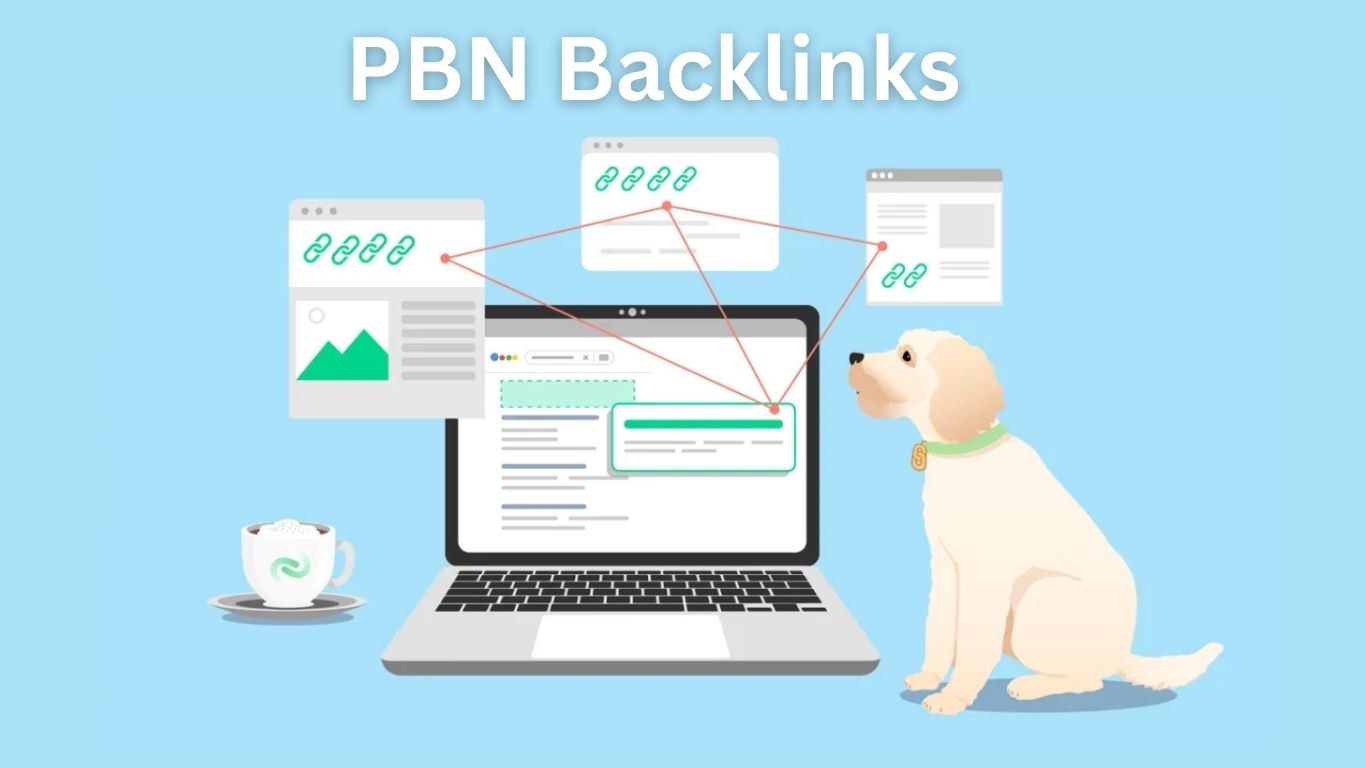
Earning top positions on search engine results pages (SERPs) with strong credibility is the goal of every online business. SEO helps you climb that ladder, and backlinks are one of the primary signals Google uses to validate your content and demand.
Standard backlinks have long been used by digital teams to interlink content and improve relevance. PBN backlinks (Private Blog Network), however, are a more extreme—yet sometimes considered effective—approach to link building. The idea is to add a large volume of links from other domains that already carry authority to push a “money site” higher in search rankings. Those links may use branded anchors, exact-match keywords, or partial-match anchors.
To help you evaluate the effectiveness, mechanics, and risks of PBN backlinks, here’s a clear breakdown.
A Detailed Look at PBN Backlinks and How They Work
PBN backlinks are contextual, authority-oriented links from blogs created or controlled for the sole purpose of rapidly improving the ranking of a single revenue-generating site. Often, they’re built on repurposed or expired domains chosen to pass as much link equity as possible to the target site.
They function by assembling a network of pages with perceived authority to raise the visibility and “weight” of the main site. Because the network targets highly relevant niches, PBNs intentionally influence how SERPs evaluate the target—ideally pushing it up the results. If they work, the site may gain more traffic and potential customers. Although many vendors sell PBN links, using them is not recommended.
Liability and Risk
PBNs can sound like a fast path to the top, but Google’s systems constantly look for non-organic patterns. These networks often involve low-quality or AI-copied content across the sites they control.
Because they’re designed to manipulate rankings, PBNs can trigger serious penalties. For most brands, they’re not advisable: you risk losing credibility, rankings, and having to rebuild from the ground up.
How People Attempt to Build Quality PBN Backlinks
Many build PBNs with the hope of driving revenue—often through affiliate commissions- and believe they can manufacture authority, though the results rarely last. Common approaches include:
1) Use Expired Domains
- Find expired sites with prior authority.
- Publish fresh content to make the domain active again.
- Insert links within articles or blog posts.
- Connect that revived domain to the main site to try to add perceived validity.
2) Revive Broken Domains
- Add filler or superficial content to a domain that once carried authority.
- Fix technical issues with online tools and some code work.
- Interlink to the main website, though support is typically weak in quality.
- If you don’t want to chase aged domains, you could instead pursue high-quality backlinks through legitimate outreach and publishing partners.
3) Create New Domains from Scratch
- Launch a blog solely to place backlinks.
- With no existing authority, these sites rarely deliver a meaningful boost.
- They demand time and genuinely high-quality content before they’re worth anything.
Common Types of PBN Backlinks
Depending on budget, goals, and other factors, PBN links are often grouped as follows:
Free PBN Backlinks
Startups or very lean teams may seek older, low-potential domains to assemble rudimentary support for their site. They cost nothing, but the quality is low. They’re easy for search engines to detect and can put your main site at risk.
Paid PBN Backlinks
Some sellers run blogs specifically to offer link placements. You can pay for permanent or temporary links:
- Higher-quality placements with decent content can nudge SEO upward and are generally less expensive than full guest posts, though still not risk-free.
- Lower-quality placements with poor content might drive only minimal traffic and rarely improve ROI, despite being cheaper.
Rental PBN Backlinks
Certain providers maintain authority-looking networks and rent links to new businesses seeking a quick rankings lift. Quality varies with price, and because much of the content is generated rapidly (often by AI tools), these links carry a real risk of Google penalties.
Advantages Often Claimed
- Potentially fast movement in rankings (depending on how the links perform).
- Time-efficient to set up relative to building genuine authority.
- Can increase website visibility.
- Enables monitoring and testing of keyword-targeted anchors.
Disadvantages That Matter
- High risk of Google penalties.
- If detected, your site can be excluded from rankings.
- Purchasing stronger PBN links can become expensive.
- If a seller removes links or shuts down sites, your rankings can collapse overnight.
Conclusion
Link building remains a fast, reliable way to move up in SERPs, but PBN backlinking tries to do it by artificially inflating link signals. You can create these via expired or broken domains or by buying placements from sellers, yet the associated risks and penalties make this approach generally inadvisable.
A better long-term path is to earn links through legitimate methods, especially manual blogger outreach and publishing on relevant, reputable sites. This approach builds durable authority without jeopardizing your visibility.
